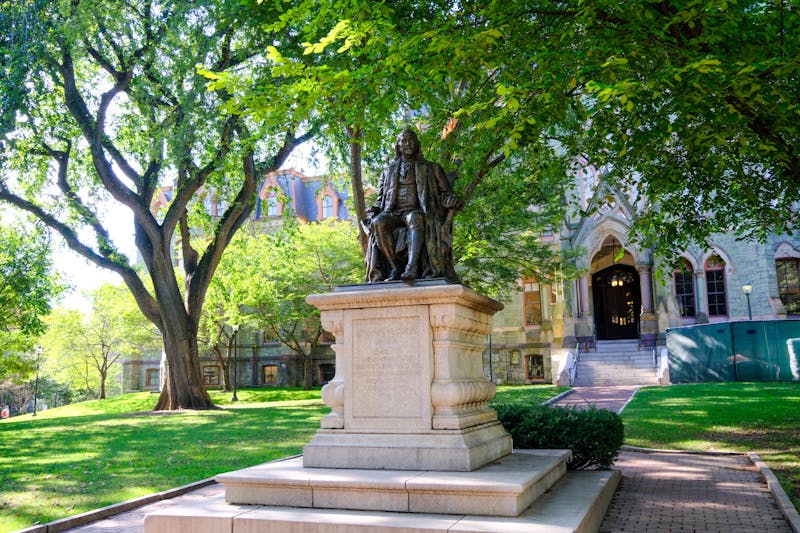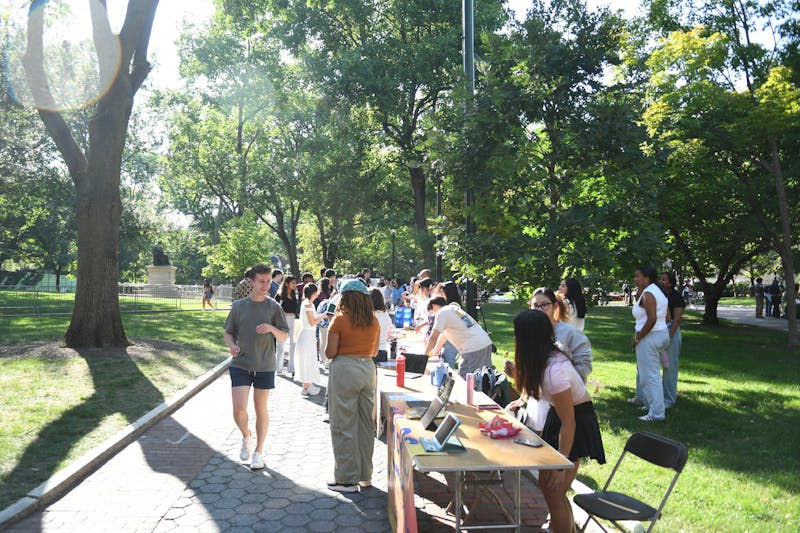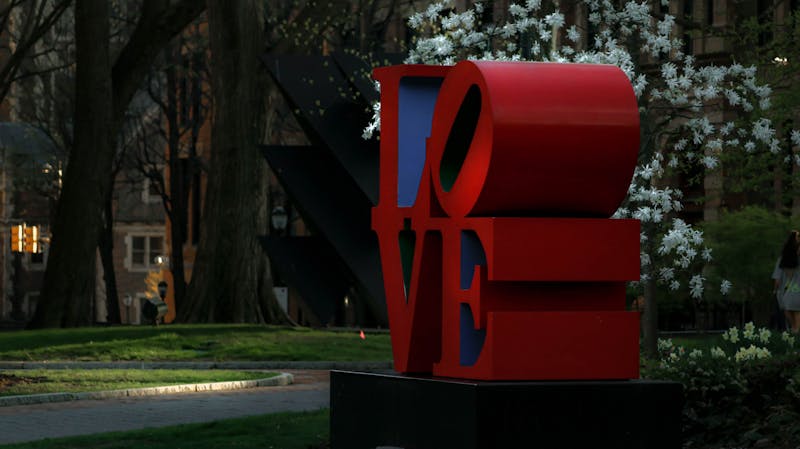
They say it’s a rite of passage.
From military barracks and locker rooms to fraternity basements across America, young people have been tormented in initiation rituals. Hazing is a tradition that stretches across time and space, documented within almost every race, class, and culture. On college campuses, we all know how it goes. Condemned in public and practiced in private, hazing seems to be a tradition almost synonymous with the college experience.
Anyone would agree that hazing rising to a level of severe bodily harm is unacceptable. It is well known that initiation rituals can be lethal, resulting in cases of alcohol poisoning, drownings, and suicides across the country. From 1959 to 2021, at least one hazing death occurred each year. But even in cases of “mild” or “nonviolent” hazing, there exists a dangerous precedent that one must humiliate and degrade oneself to be accepted as a part of a group.
Because hazing is so common, with 55% of college students involved in student organizations reportedly experiencing it, we accept it as just another part of college. It isn’t just the brutal stories we hear about on the news; student organizations of all kinds require new members to run errands, complete pointless menial labor, or publicly embarrass themselves in some way. These rituals can feel lighthearted and laughable, but they are also very likely to be degrading and exist for the sole purpose of making new members “earn their place.”
All hazing is bad hazing. The very definition of the word describes a systematic process of humiliation. Even if it doesn’t manifest itself physically, studies show that the brain reacts to humiliation similarly to how it reacts to physical pain. The entire principle of being subjected to embarrassing rituals to prove your loyalty to a group you barely even know is traumatic and in no way builds a foundation for a meaningful relationship.
Anthropologists have explored the phenomenon of hazing for years. It is a psychological mystery closely resembling the pattern of a relationship in which one is abused and later shown affection by a partner. Psychologists have argued that hazing can force pledges to adopt a kind of cognitive dissonance, minimizing and even supporting the hazing to come to terms with the fact they are being hurt by the exact people from whom they desire approval and friendship.
Student groups that haze will often justify it by telling you it’s not “really” hazing. And by that, they usually mean pledges aren’t forced with a gun to their head to drink copious amounts of alcohol, participate in hard labor, or physically injure themselves in some way. But even if we were planning to condone “low-level” hazing, where do we draw that line?
The very nature of hazing makes escalation almost inevitable. One reason for this is the group mentality that encourages it. Psychologists refer to it as “groupthink,” in which individuals strive for a sense of acceptance from their peers and therefore take part in behaviors they wouldn’t agree with alone. Even those who feel shame and guilt about abusing others may still do it when they fear threatening unanimity and group conformity. All it takes is one headstrong and power-hungry member to create a hostile and deadly environment.
As of now, 44 states have anti-hazing laws, and they have done almost nothing to keep students alive. In 2021, we saw the death of Phat Nguyen at Michigan State University. In 2020, it was Gracie LeAnn Dimit at Emory & Henry University. Every year someone dies, and that is because the only time anyone seems to care is when they die.
Timothy Piazza, the Penn State student for whom Pennsylvania’s anti-hazing law was named, died in 2017 after falling down the stairs during a pledge event at the Beta Theta Pi house. Heavily intoxicated and bleeding internally, Piazza died slowly on the floor while 20 brothers did nothing to help. It took 12 hours for them to finally devise a plan in their group chat, discussing how to cover up their involvement. Only then did they seek medical attention. Piazza died the next day in the hospital.
This phenomenon of groupthink was heavily present in the hours leading up to Piazza’s death, with at least one brother reporting that he pleaded for Piazza to be taken to the hospital. Older brothers told him not to and so, going against his own morals and logic, he stopped arguing. In many ways, joining a fraternity means making the promise not to threaten the carefully balanced ecosystem of the brotherhood, and sometimes that means a 19 year old ends up dead.
Piazza’s death was heavily publicized across the country, and rightly so. But if the only notable cases of hazing are the ones where students die, we have a serious problem. The entire system of rushing and pledging student groups creates dangerous and abusive power dynamics built off exclusivity and tearing down spirits. For the sake of everyone, we have to intervene when it isn’t “really” hazing. Because somehow, some way, it always seems to become deadly.
INGRID HOLMQUIST is a College sophomore studying urban studies from Silver Spring, Md. Her email address is ingridhh@sas.upenn.edu.
The Daily Pennsylvanian is an independent, student-run newspaper. Please consider making a donation to support the coverage that shapes the University. Your generosity ensures a future of strong journalism at Penn.
Donate










